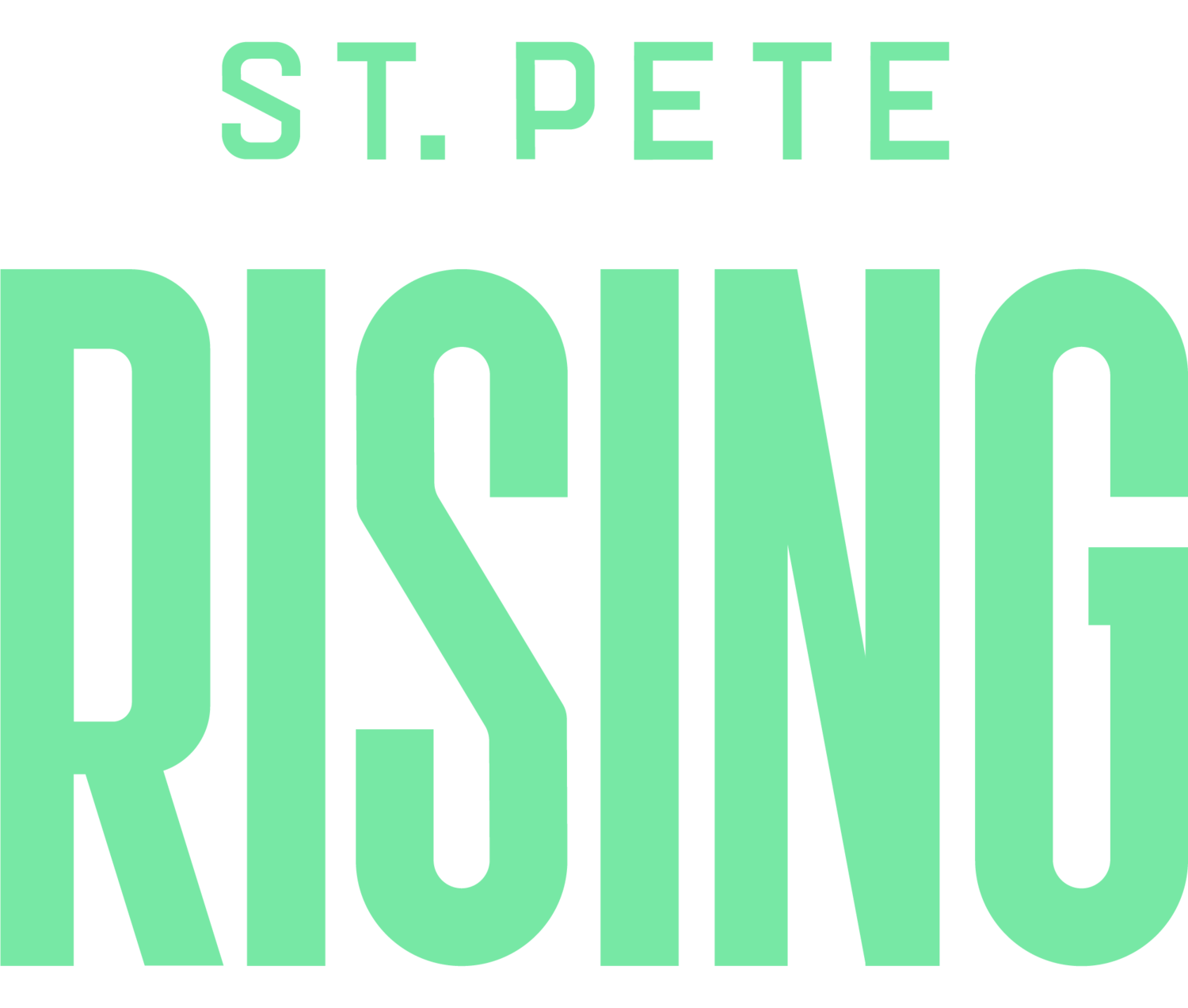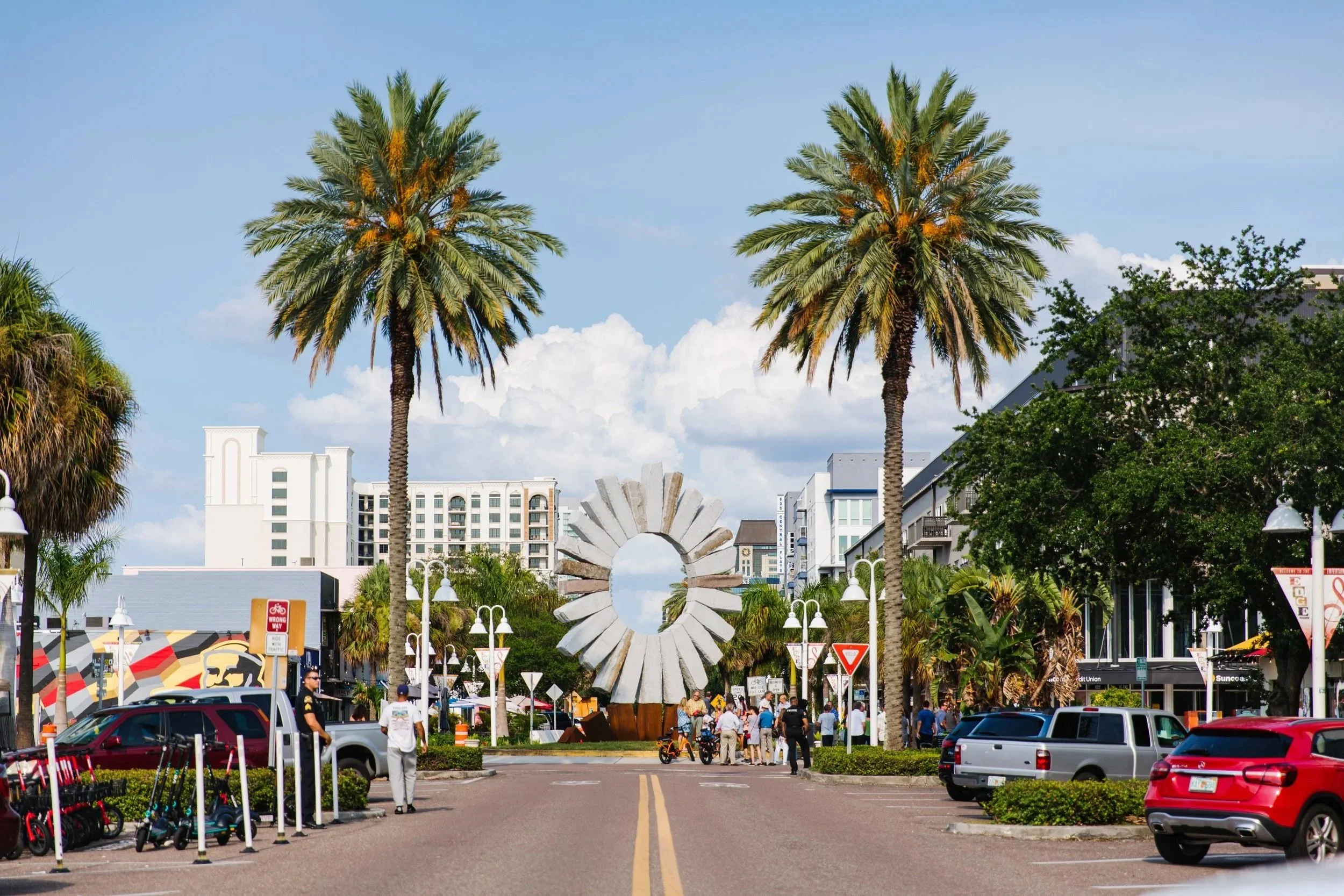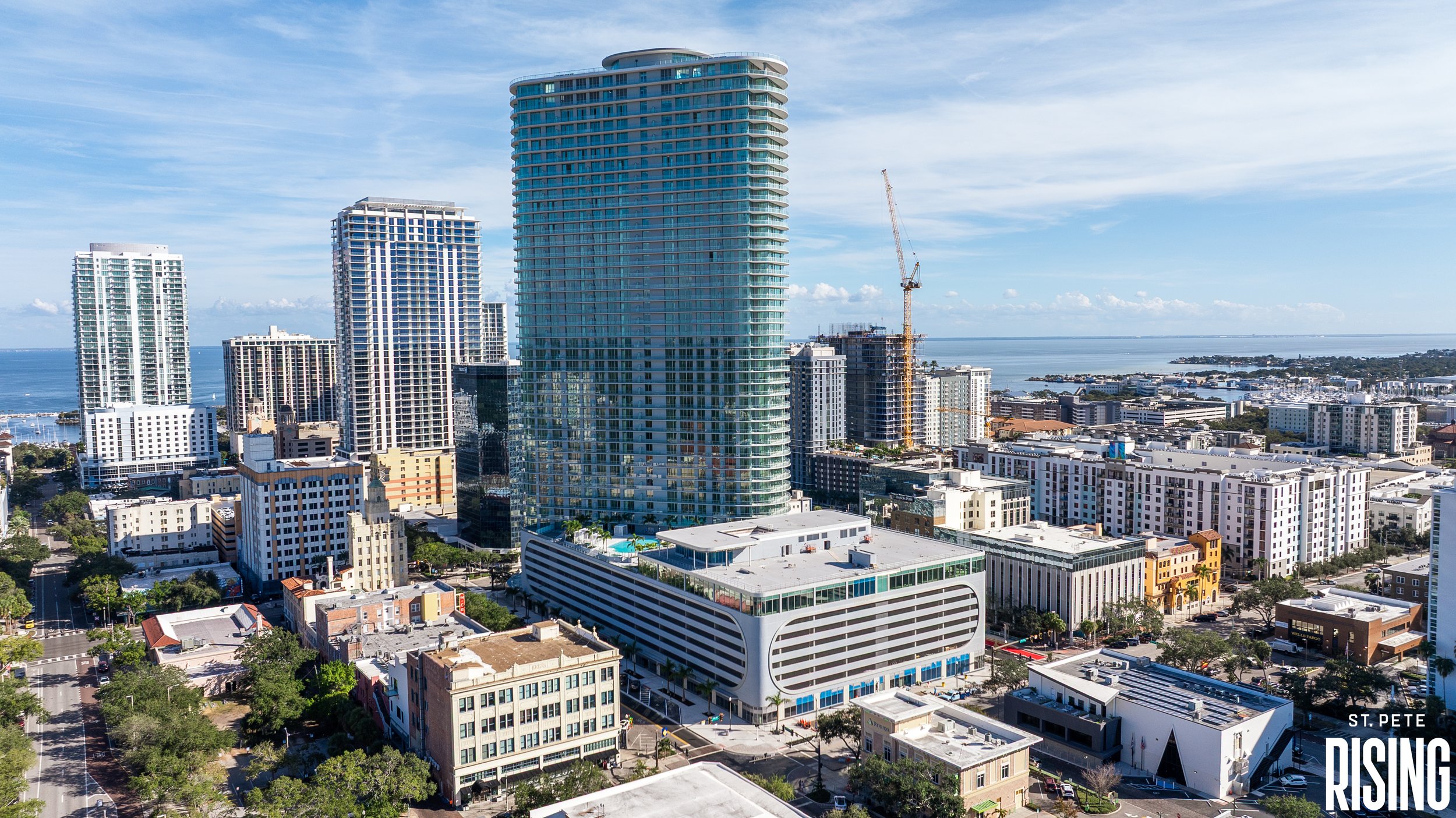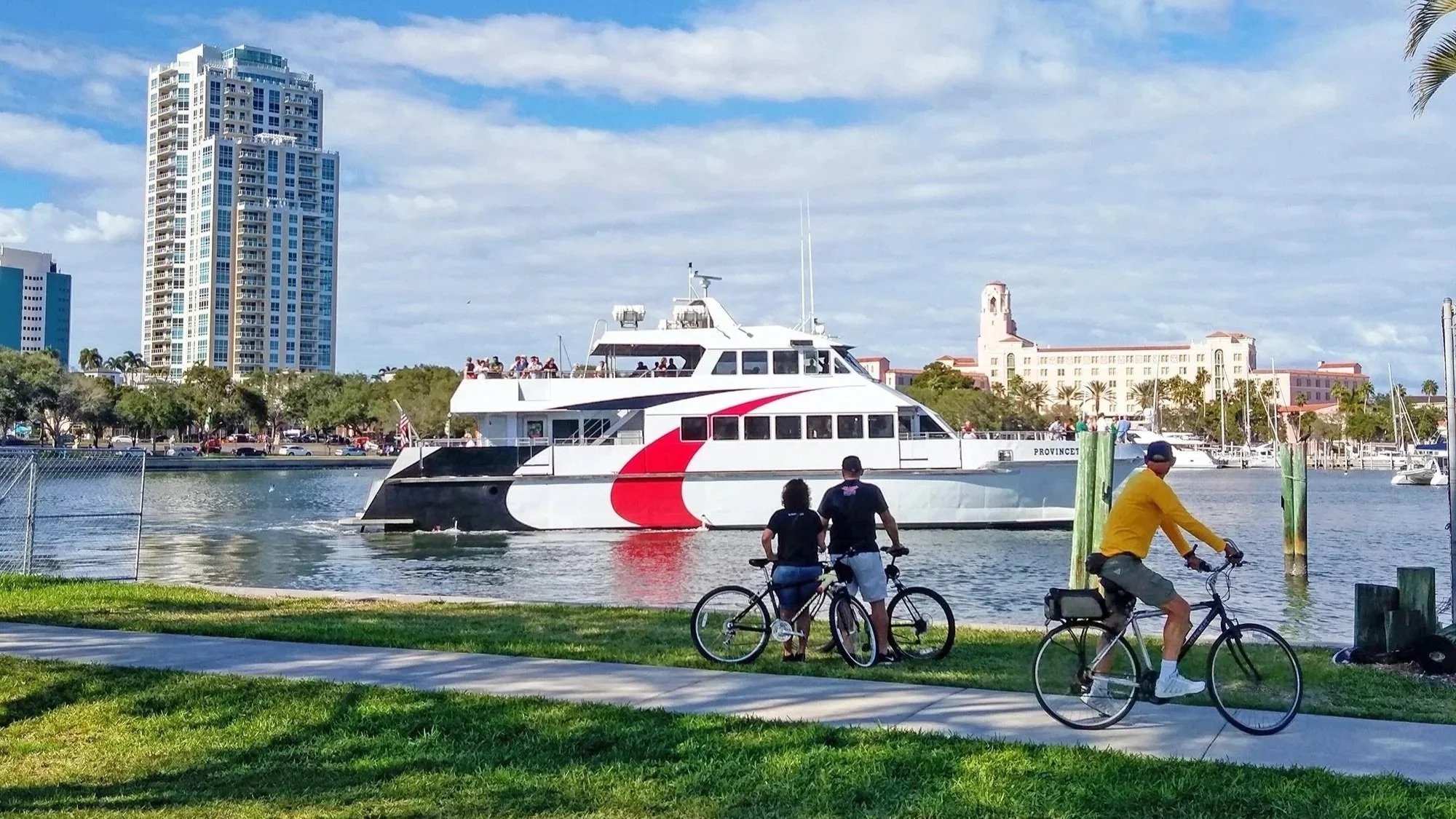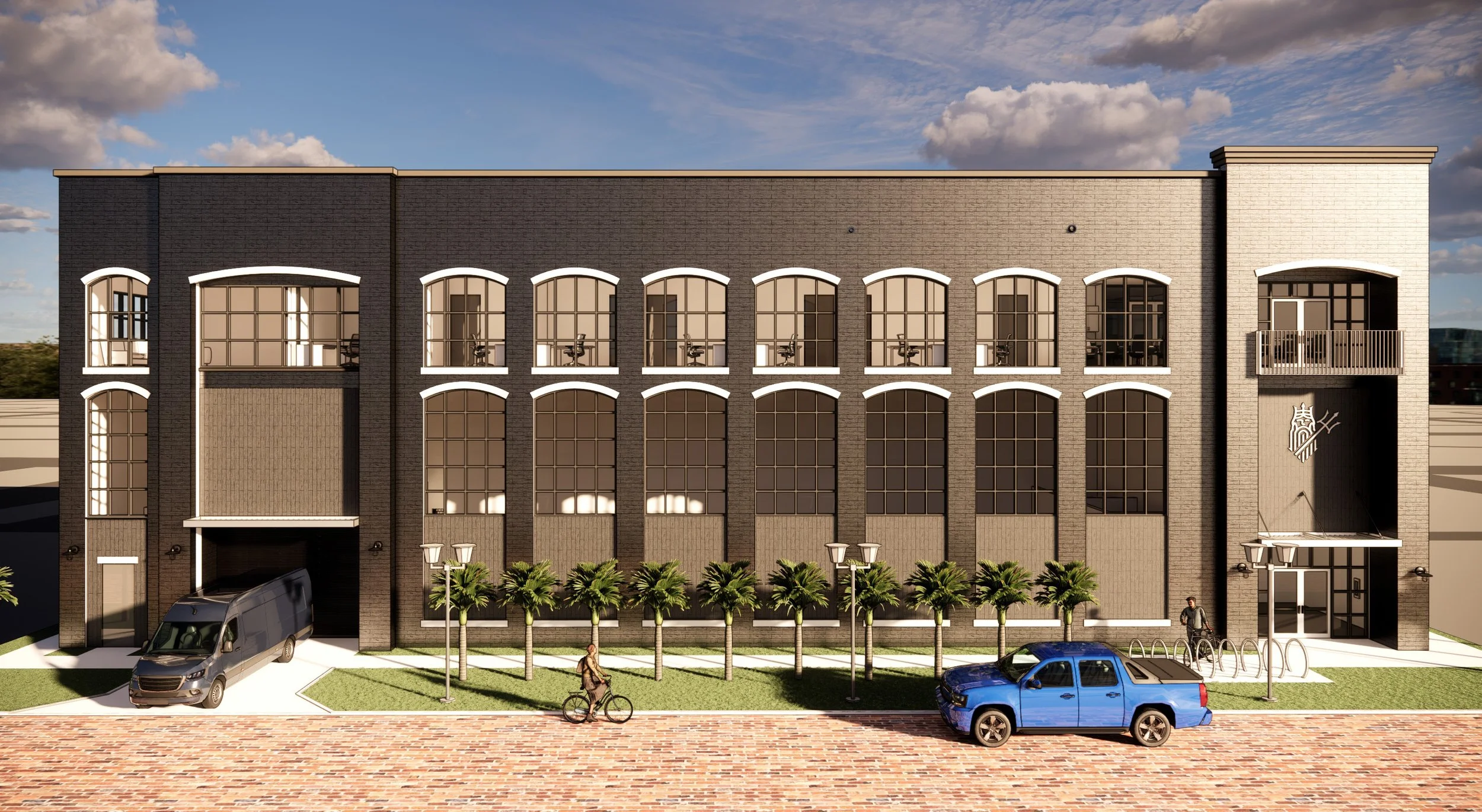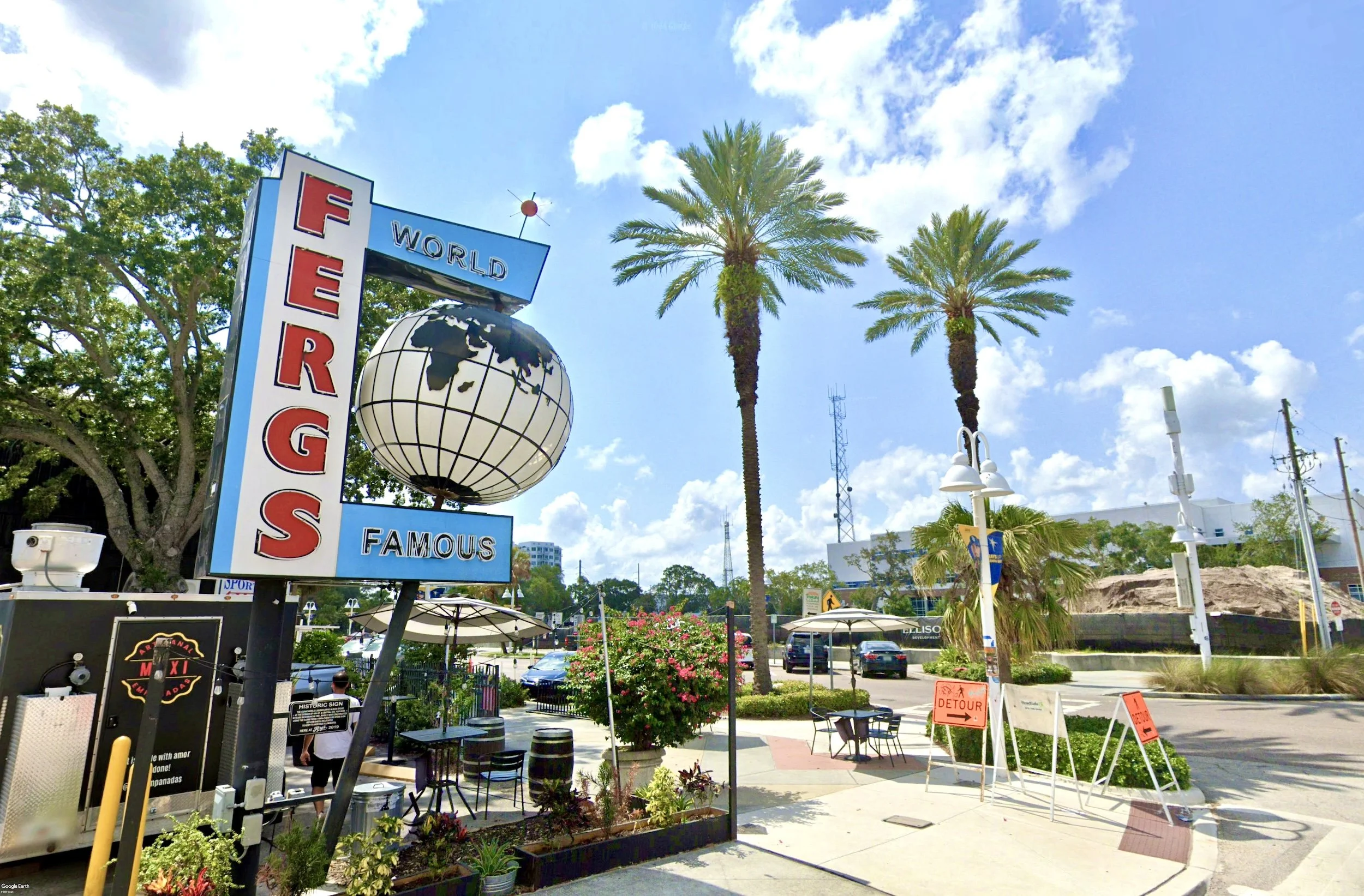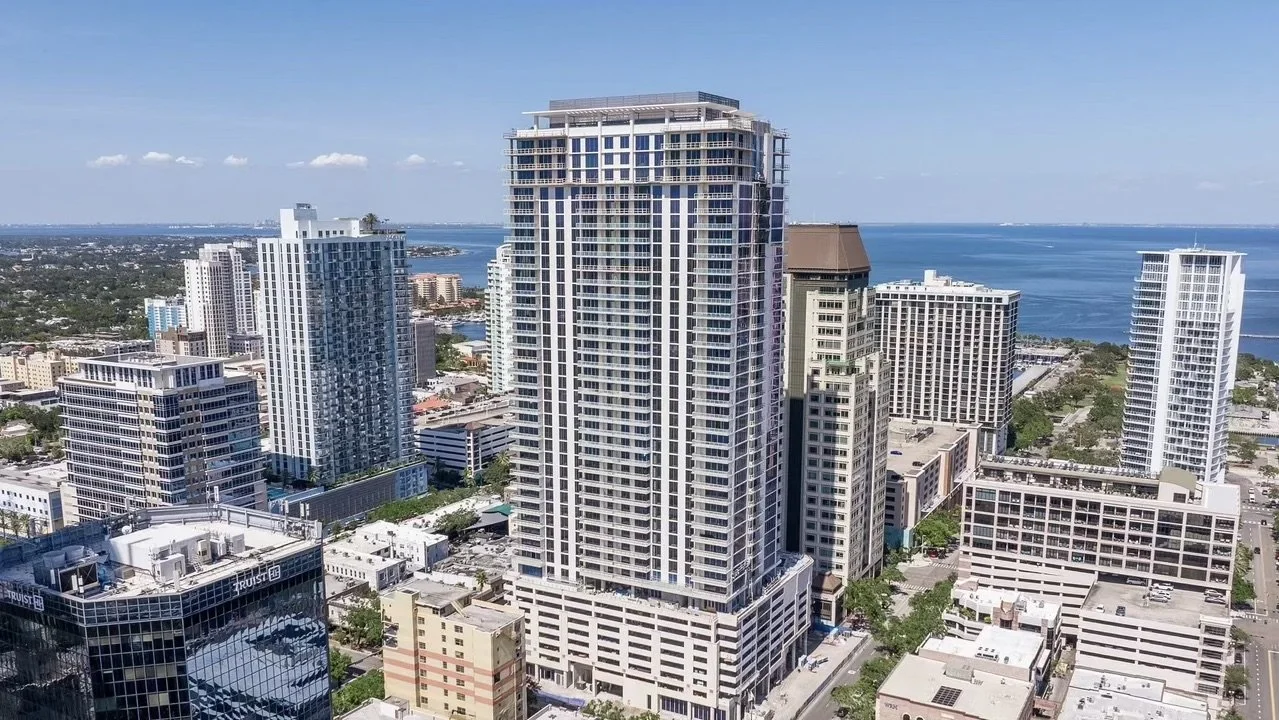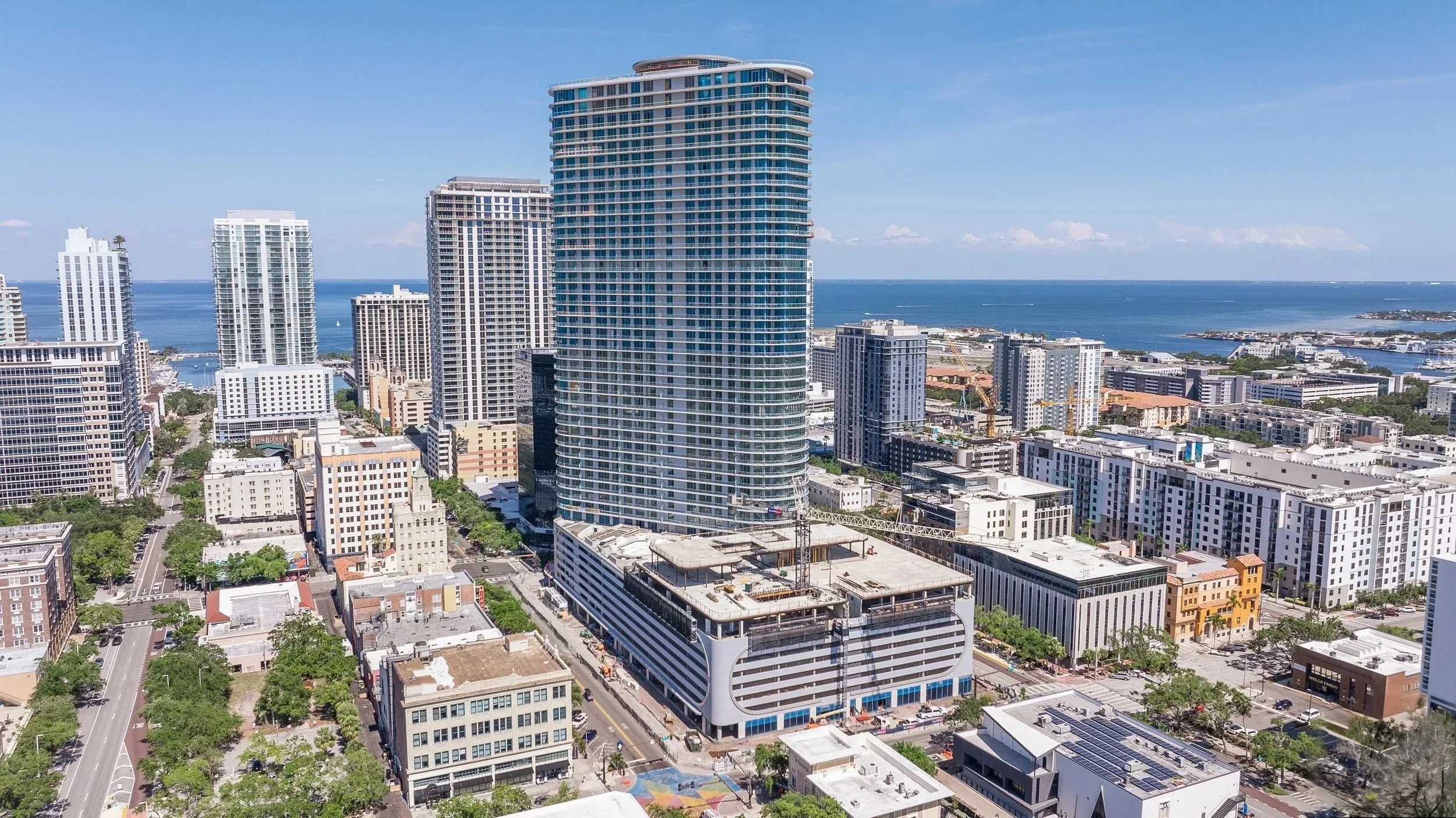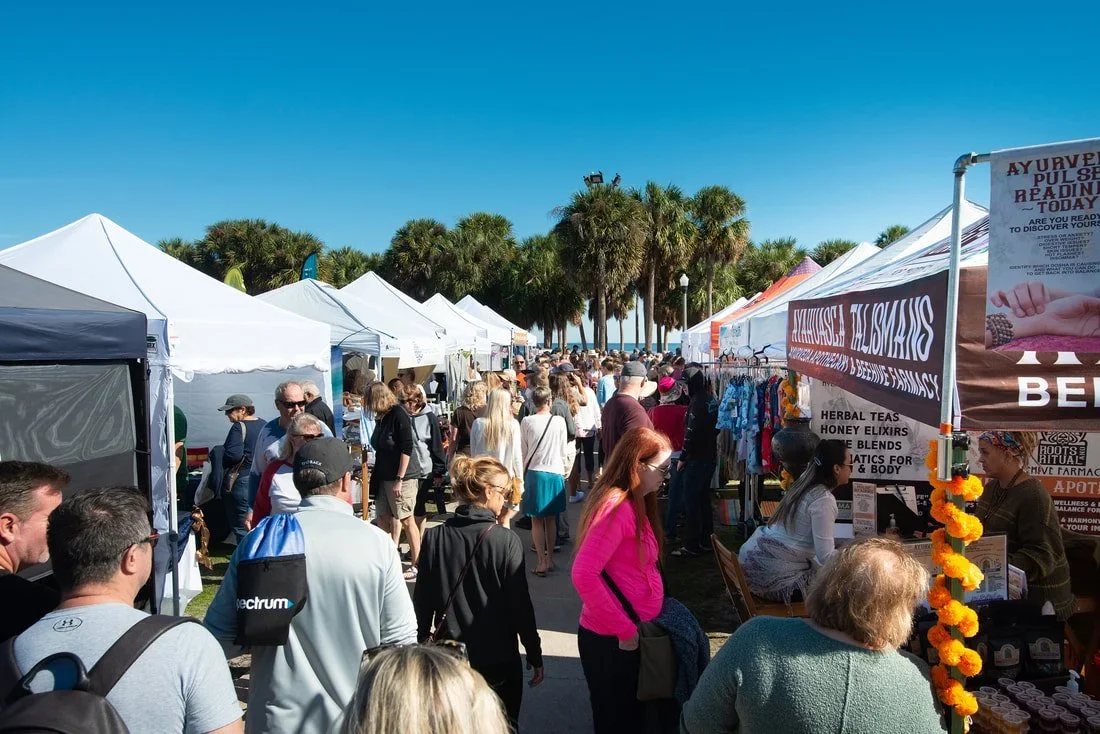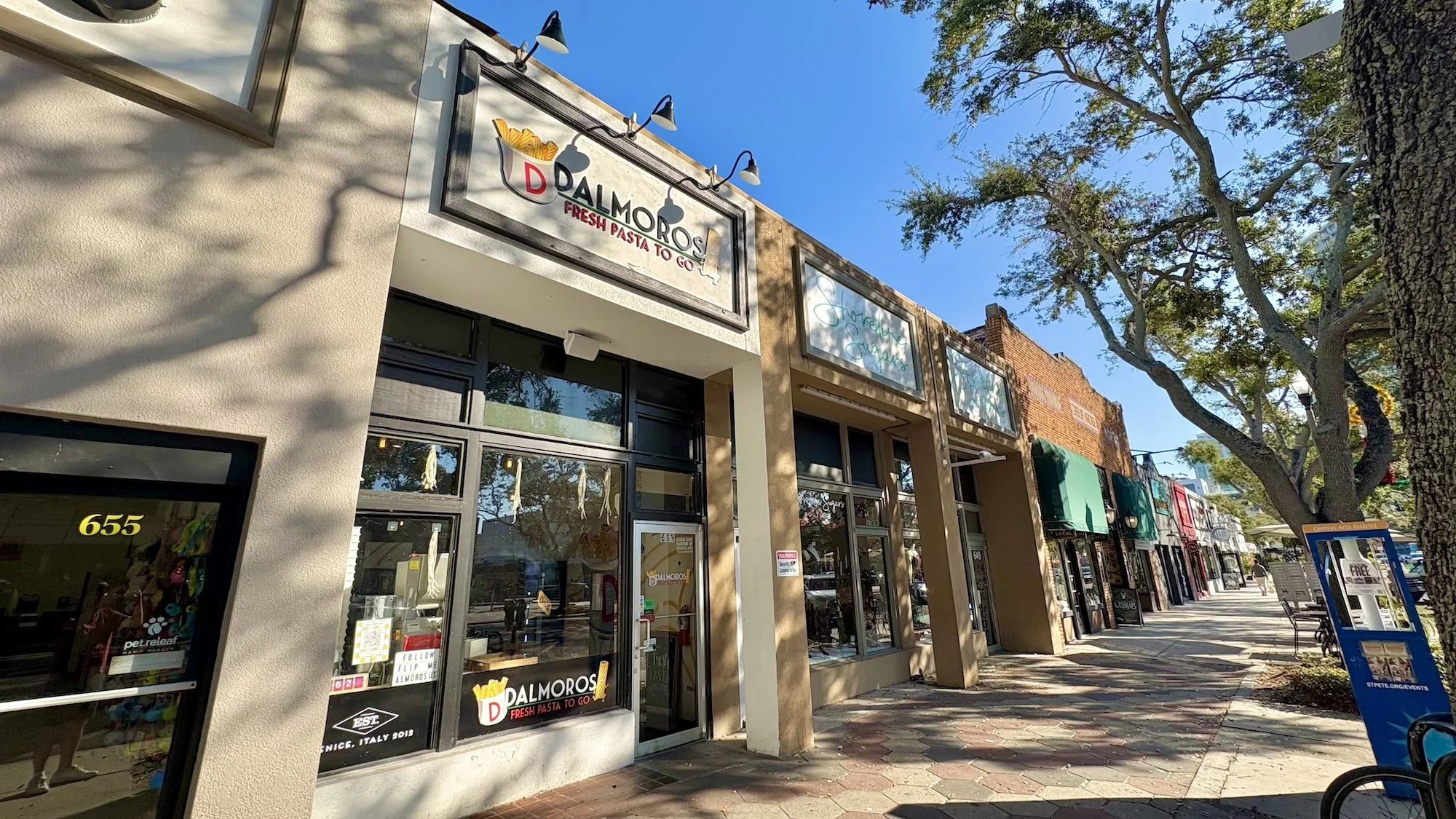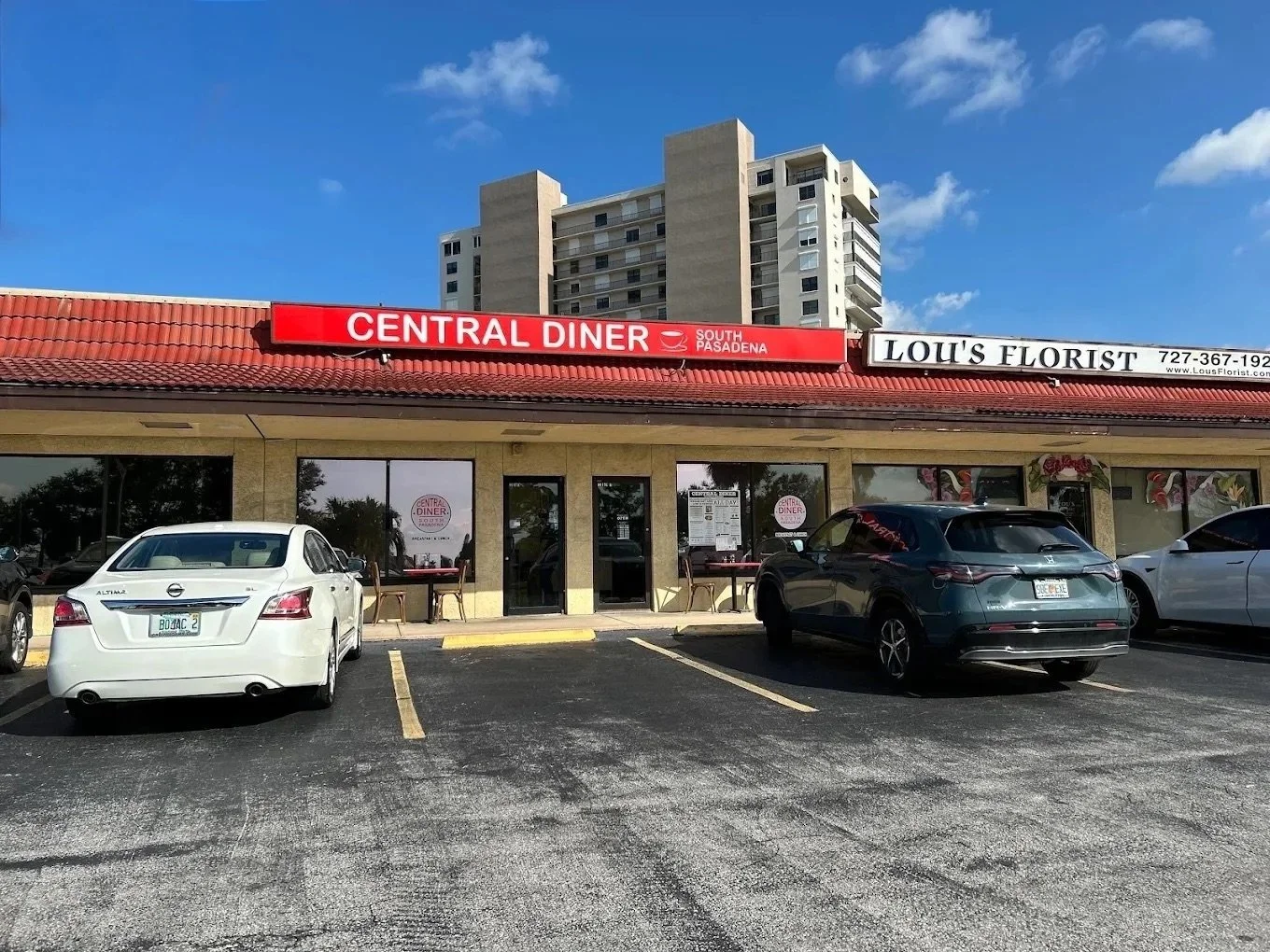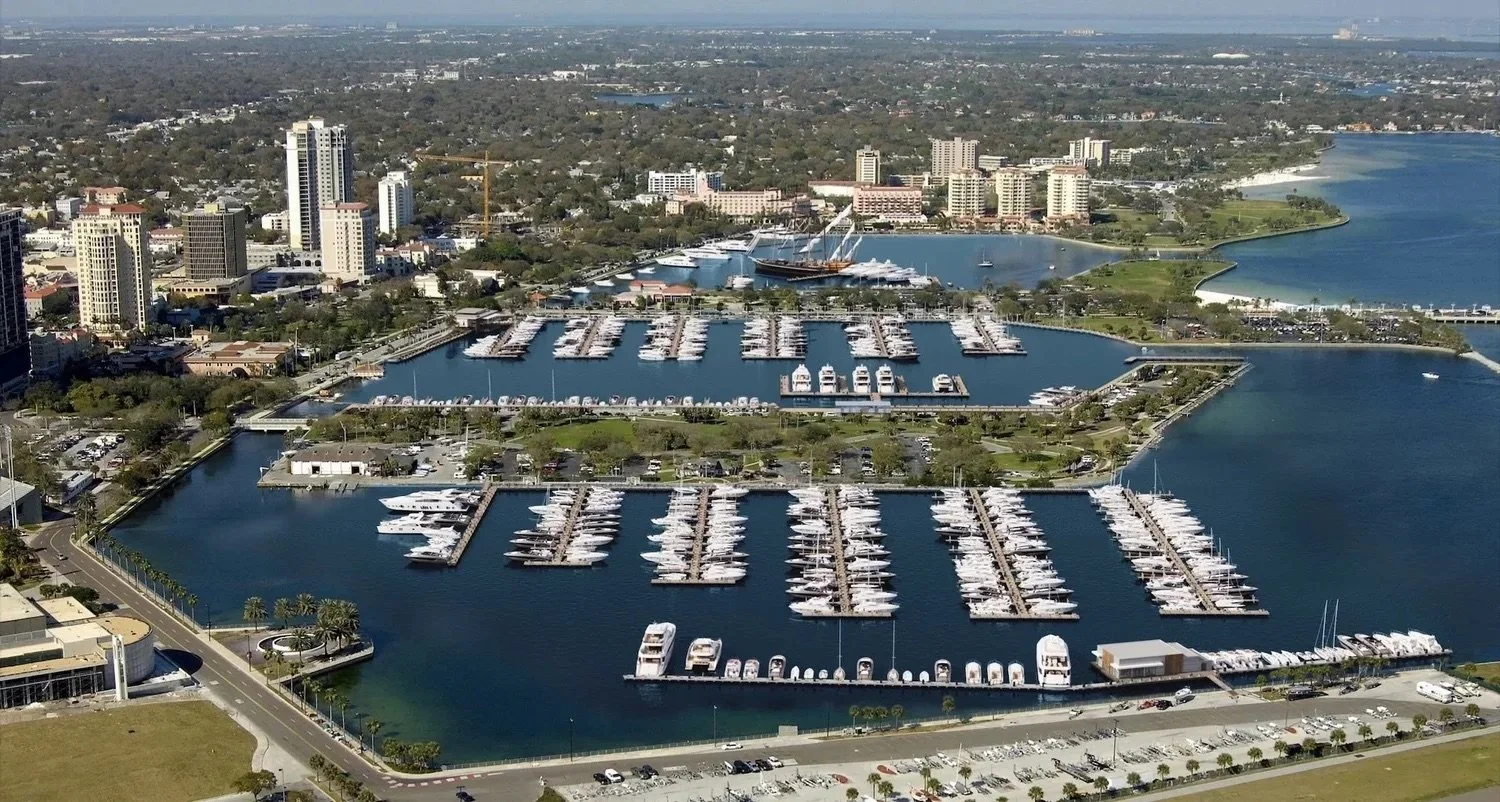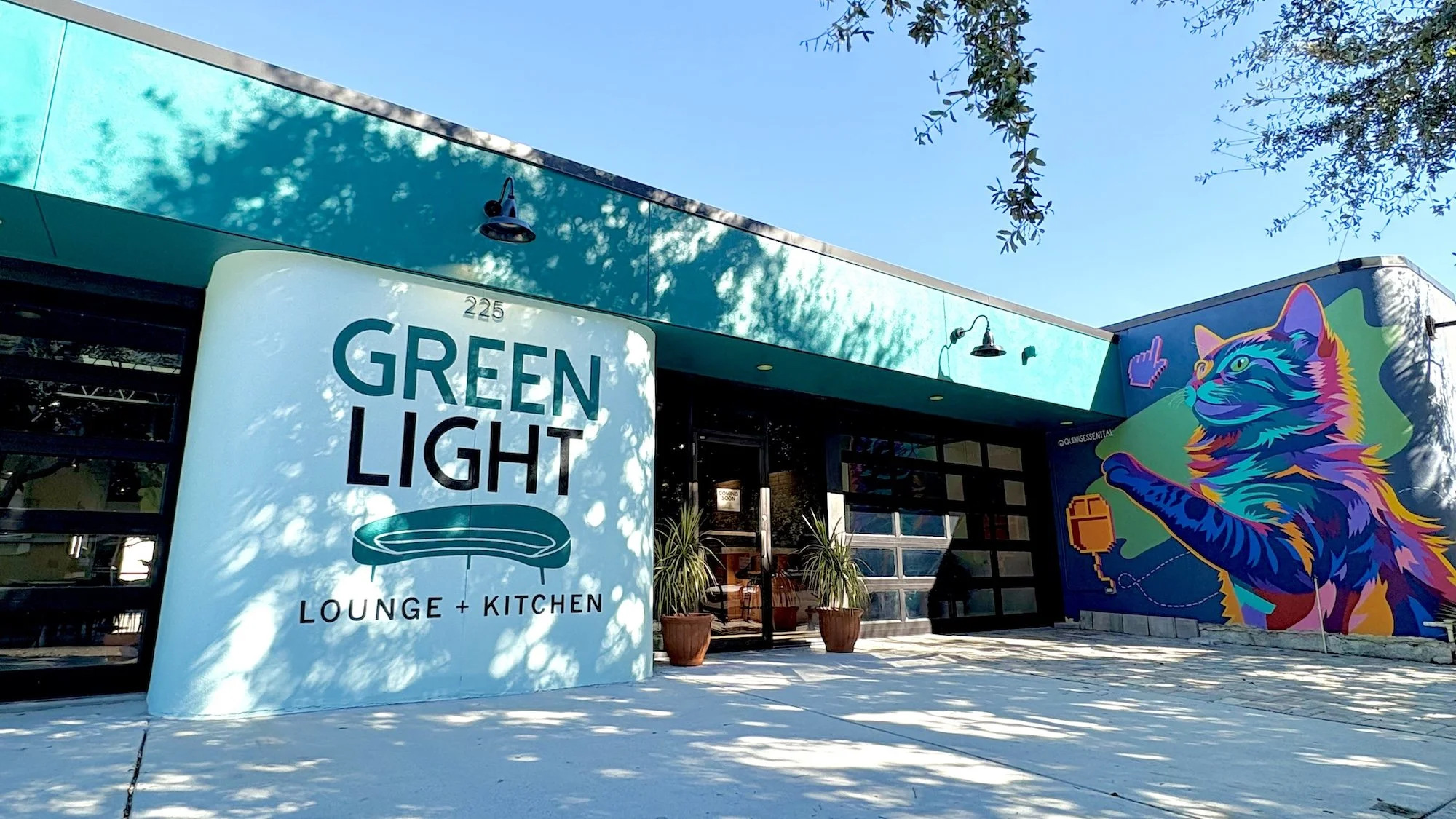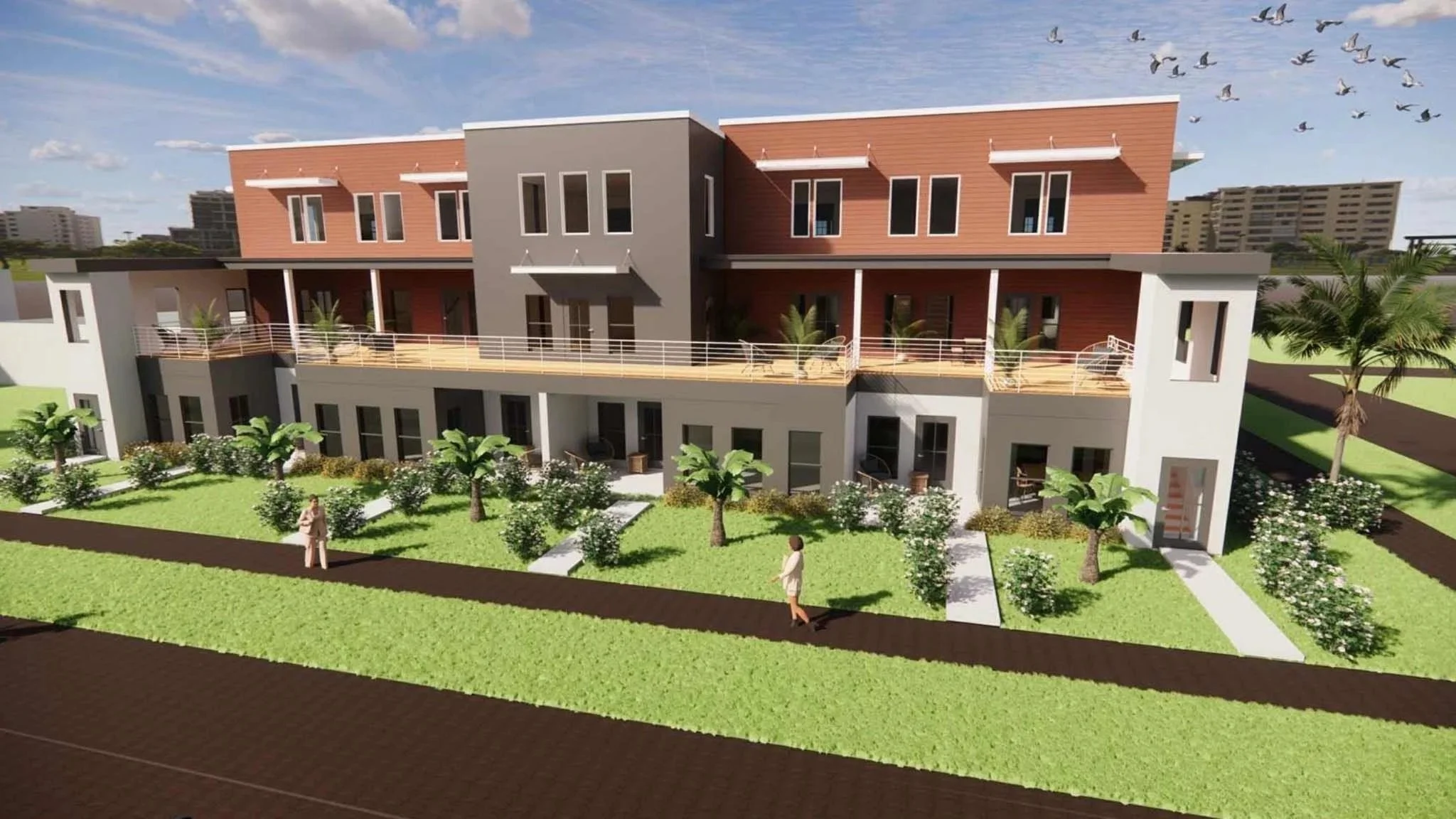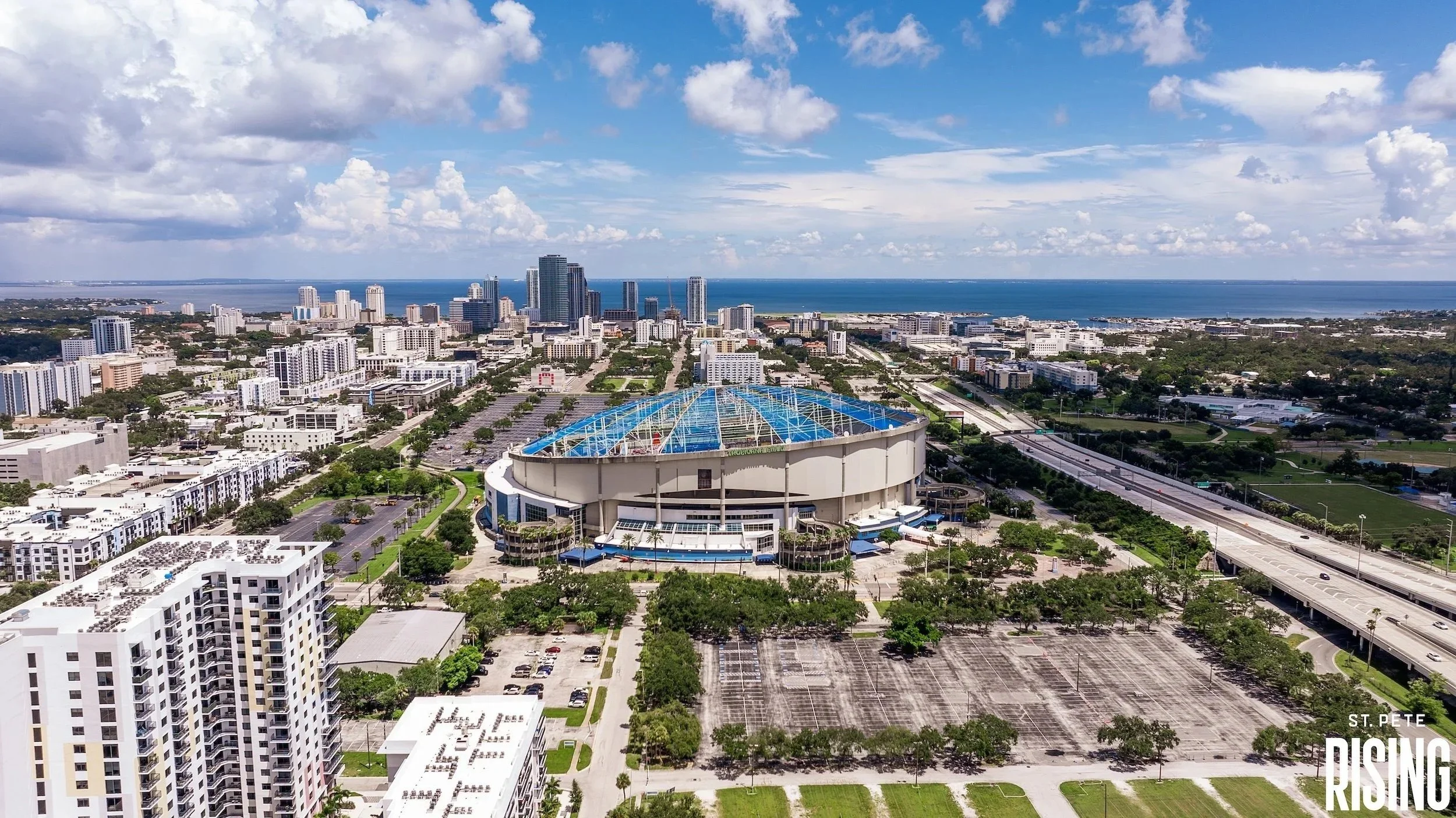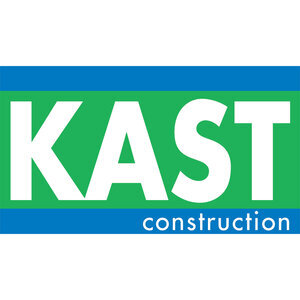Rays and Hines inch closer to striking deal with city on Gas Plant development agreement
/One of the newly released renderings of the future gas plant district and central plaza | Tampa Bay rays and hines
A nine-hour discussion ensued Thursday as St. Pete City Council members meticulously combed through the Tampa Bay Rays and Hines' 183-page development agreement for the Historic Gas Plant District.
It took over a decade and countless hours of negotiations to reach this milestone conversation about the $6.5 billion development that will transform 86 acres in the heart of downtown St. Pete into an 8-million-square-foot mixed-use district anchored by a new ballpark - becoming the largest project to ever commence in Tampa Bay.
If ultimately approved, the new 30,000-seat enclosed stadium will open in 2028 as part of the first phase of the 30-year planned development.
The different components of the future gas plant district and new ballpark | tampa bay rays and hines
Newly released renderings show a central plaza of restaurants, bars, and retail surrounding the stadium east of the reimagined Booker Creek.
It also revealed an activated 16th Street South corridor that's been long neglected, pointed out Councilmember Copley Gerdes, who supports the deal.
One notable piece of the drafted agreement for the project promises economic prosperity with a $50 million intentional equity initiative, which Councilwoman Lisset Hanewicz recommended should be paid upfront.
The reimagined and activated 16th Stree corridor | Tampa bay rays and hines
The $50 million benefits package covers the hiring of minority workers, the creation of a workforce training program, and a $10 million contribution to new Woodson African American Museum.
The Rays and Hines also promise to deliver 1,250 affordable housing units out of the 5,400 total residential units, 1.4 million square feet of Class A office and medical space, 750,000 square feet of retail space, and much more.
"This agreement is how we make sure that the fan base we have cultivated for so long, that same fan base is only now seeing children born to parents who grew up as Rays fans. This is how they keep their teams," Rays President Brian Auld said during the council meeting, acting as the Committee of the Whole.
The future central plaza as seen in the evening | tampa bay rays and hines
However, skepticism emerged from council members as the crafted agreement language blurred the lines on certain financial responsibilities of the project and potential loopholes.
Councilman Richie Floyd, one of the first officials to kick off the rounds of the probing questioning, drew specific concerns on the affordable housing component as the city council may still have to dip into their coffers to cover funding gaps for the affordable housing projects.
The Hines-Rays team confirmed that it may be a possibility as the units would be built without additional subsidies from the city and local governments.
"That's frustrating because it seems like this deal guarantees affordable housing, but from what I’m hearing, that is not the case," Floyd said.
Per the language in the agreement, the developers would face a few penalties if they fail to fulfill the affordable housing inventory they promise to deliver.
AN OVERVIEW OF THE PLANNED USES ON THE SITE | TAMPA BAY RAYS AND HINES
Hanewicz also raised her own concerns - pointing out how the agreement allows the Rays and Hines to transfer developer rights to another party not vetted by the city council.
The agreement also lists Rays owner Stu Sternberg as the Rays affiliate, acknowledging him as a developer under the drafted agreement.
If Sternberg sold the team, he could remain involved, according to Attorney Peter Berrie, the outside counsel serving the city.
Hanewicz also questioned why the city would pick up the tab in covering $142 million for infrastructure if the Hines and the Rays could sell the land, which a Rays-Hines representative said they don't intend to.
The open space and site layout of the Gas plant district redevelopment | Tampa bay rays and hines
Administrator Rob Gerdes clarified that it is common practice for the city to take on infrastructure costs for significant redevelopment projects.
"I cannot emphasize enough the huge risk this presents given the level of investment, the hundreds of millions of dollars provided by the city and the county ... and we have no termination rights," Hanewicz said.
"The city is not realizing the value of the land upfront even at the huge discount rate and is subject to market risks since [the developers] can pick and choose which parcels they purchase. Transfer provisions have to be limited. City Council should be in control,” Hanewicz added.
“I think we’re in a pretty good place right now,” councilmember Gina Driscoll said after the meeting despite the debate and looming questions.
Councilmember Brandi Gabbard also applauded the Rays and Hines team for the work that went into crafting the agreement, but would like to see the team secure a grocer to serve the thousands of residents that will live within the envisioned district.
A rendering showing the activation of booker creek and the new AFRICAN AMERICAN museum | Tampa bay rays and hines
What happens now?
At Welch's request, a workshop meeting solely centered on the stadium agreement, scheduled for May 23rd, has been postponed.
Following this week's COW workshop, the Rays-Hines team is expected to make adjustments to the language in the agreement and present it in a second meeting, which will now take place in June.
Official votes are tentatively expected in June or July, but may be pushed if negotiations are still underway.
Recap of the costs
The plan calls for the City of St. Petersburg to spend $417.5 million.
The figure includes $287.5 million for the ballpark and $130 million in infrastructure for the redevelopment.
Pinellas County would fund roughly $312.5 million for its share of the ballpark costs.
The Rays have committed to pay $700 million and any cost overruns for the ballpark.
The city's budgeting and finance team said the city is financially well positioned in its general fund in comparison to peer cities.
